Introduction
For passive participation in the real estate sector, Real Estate Investment Trust (REIT) is a globally accepted investment vehicle. REIT, first conceptualized in the United States, has been in existence in several developed and emerging economies now.
It has provided a stable investment alternative for retail investors. REIT has been modeled similar to mutual funds. It is an investment concept that provides investors with an opportunity to own underlying commercial real estate and access dividend-based income from the rent-yielding assets and capital appreciation from property prices.
REITs are a way for individual investors to earn a share of the income produced through commercial real estate, without actually having to directly own commercial real estate; a capital-intensive investment.
The REIT regulations issued by the Securities and Exchange Board of India (SEBI) have outlined the role and responsibilities of each stakeholder in the REIT structure.
It has put down the conditions for operating and managing a REIT in India which includes insurance, asset, and income restrictions, audits net asset value declaration, income distribution, and governance aspects.
The Embassy Office Parks REIT IPO, after flagging off REIT listing in India saw a sluggish response by the skeptical individual investors, but the institutional investors lapped up the offer quickly, with an overall subscription of 2.57 times, as per the NSE data.
The institutional investors subscribed 2.15 times and non-institutional 3.10 times of the same issue. This oversubscription of REIT is a very good sign for the commercial real estate sector, an analysis of the subscription records would reflect the lack of awareness among the individual.
Distribution Conditions In Case Of REIT
One of the important investment conditions for REIT is that a minimum of 80 percent of REIT assets should be invested in completed and rent-generating properties.
The balance 20 percent of investment could be made in assets that are under construction, debt (listed and unlisted), mortgage-backed securities, equity shares of listed companies deriving 75 percent or more of their income from real estate activities, Government securities, etc. As per the distribution conditions, at least 90 percent of net distributable cash flows of the REIT should be distributed to the unitholders.
Such distributions should be declared once in 6 months of every financial year and paid within 15 days of declaration. Proceeds are not required to be redistributed to the unitholders, in case of sale of property or equity interest in SPV, if there is a plan to re-invest such proceeds within a period of 1 year.
Otherwise, 90 percent of the proceeds will be required to be redistributed to the unitholders. The investors should note that in the real estate sector, both rental income and capital appreciation from the property depends on its location and surrounding infrastructure.
REITs, as a mode of indirect investment in the sector, pacify these risks through a diversified portfolio of rent-yielding properties.
Structuring of REITs
REITs are structured so as to avoid the double taxation of income and facilitate distribution of the majority of income cash flow to investors without taxation at the collective level.
The special taxation provisions under Sections 10(23FC), 10(23FCA), 10(23FD), 111A, 112A and 115UA of the Income-tax Act, 1961 deal with the tax treatment of various streams of income happening to the unitholders of REIT. In short, interest from SPV is taxable as interest income for the unitholder.
Withholding tax at the rate of 10 percent (5 percent for non-resident unitholders) will be deducted on distribution. Long-term capital gains earned by the unitholder on sale of REIT units (where the holding period of units is more than 36 months) is taxable at the rate of 10 per cent (plus applicable surcharge and cess) for gains over INR 1 lakh, whereas short-term capital gains for sale of units held for up to 36 months are taxed at 15 percent (plus applicable surcharge and cess).
No tax breaks are available under Sections 80C to 80U of the Income-tax Act for capital gains tax. On dividend distribution by the SPV, dividend distribution tax at 30 percent as per Section 115-O of the Income-tax Act is applicable and dividends are exempt in hands of unitholders.
Onward distribution of rental income from property held directly by REIT and received by unitholders is construed as deemed income, retaining the same character and taxable at applicable slab rates and residential status.
Any distributions by REIT other than those which are marked as interest or rent is not liable for any withholding tax.
When the unitholder is a domestic company, the capital gains earned would be subject to Minimum Alternate Tax (MAT) under Section 115JB of the Income-tax Act.
But MAT paid by such companies would be available as credit. This can be set-off against future income-tax liability for a period of up to 15 years as per Section 115JAAof the Income-tax Act.
Ending Remarks
A high minimum investment (INR 2 lakhs approximately) seems to be a clear blocker for retail investors to participate in REIT.
The Indian REIT regime wants to offer an organized and professionally managed ecosystem for retail investors and an exit platform to ease out liquidity burden.
Though the Government significantly cleared the regulatory logjam through consultations in the last few years, a smoother legal obligation (stamp duty alignment, etc.) and logical tax structure (ironing out income-tax issues at sponsor/SPV level, leading to single point of taxation) might make this investment more worthwhile and appealing for the investors.
The awareness of investing in real estate through REITs should gradually take over the sentiment of having to own property, similar to investing in gold bonds rather than buying physical gold.



